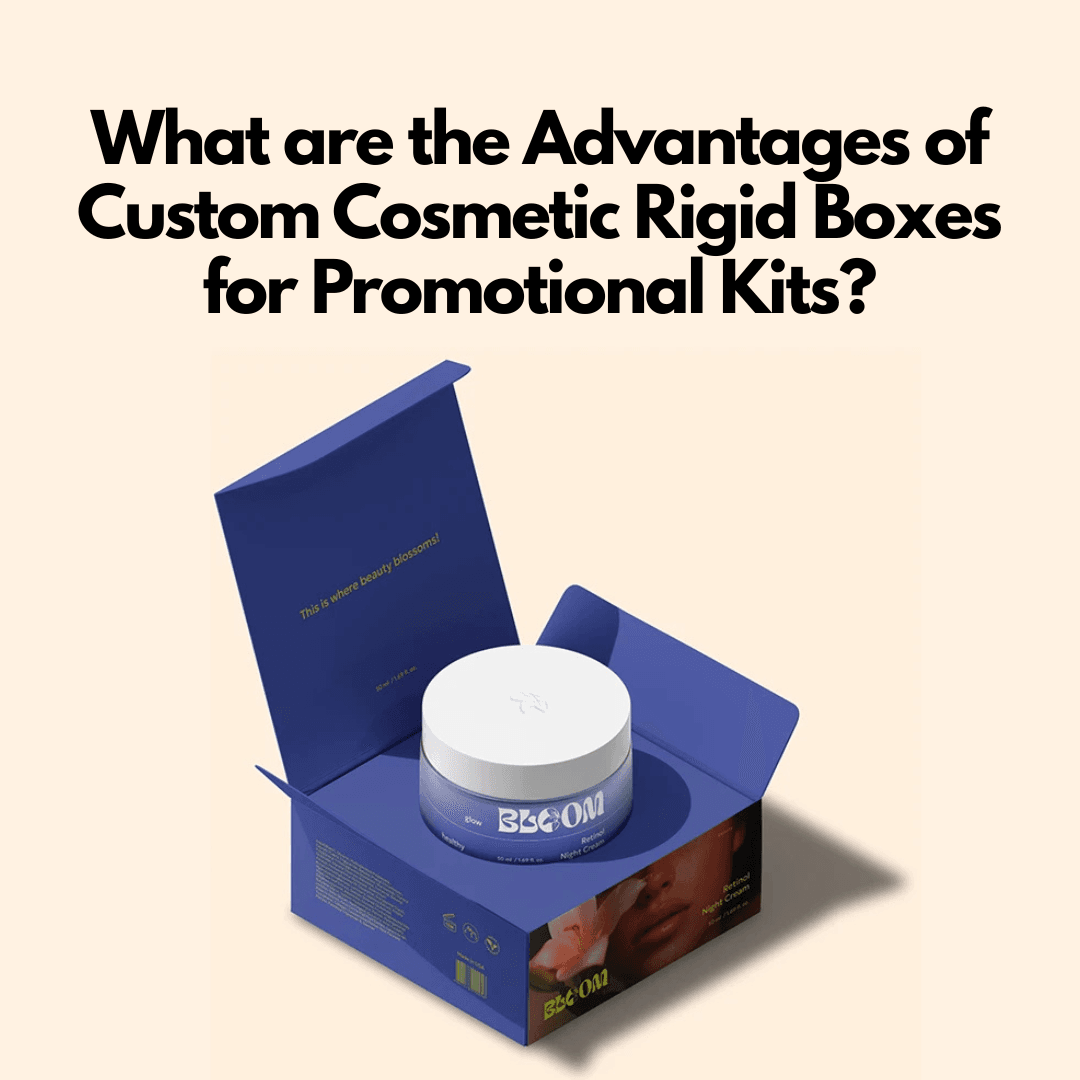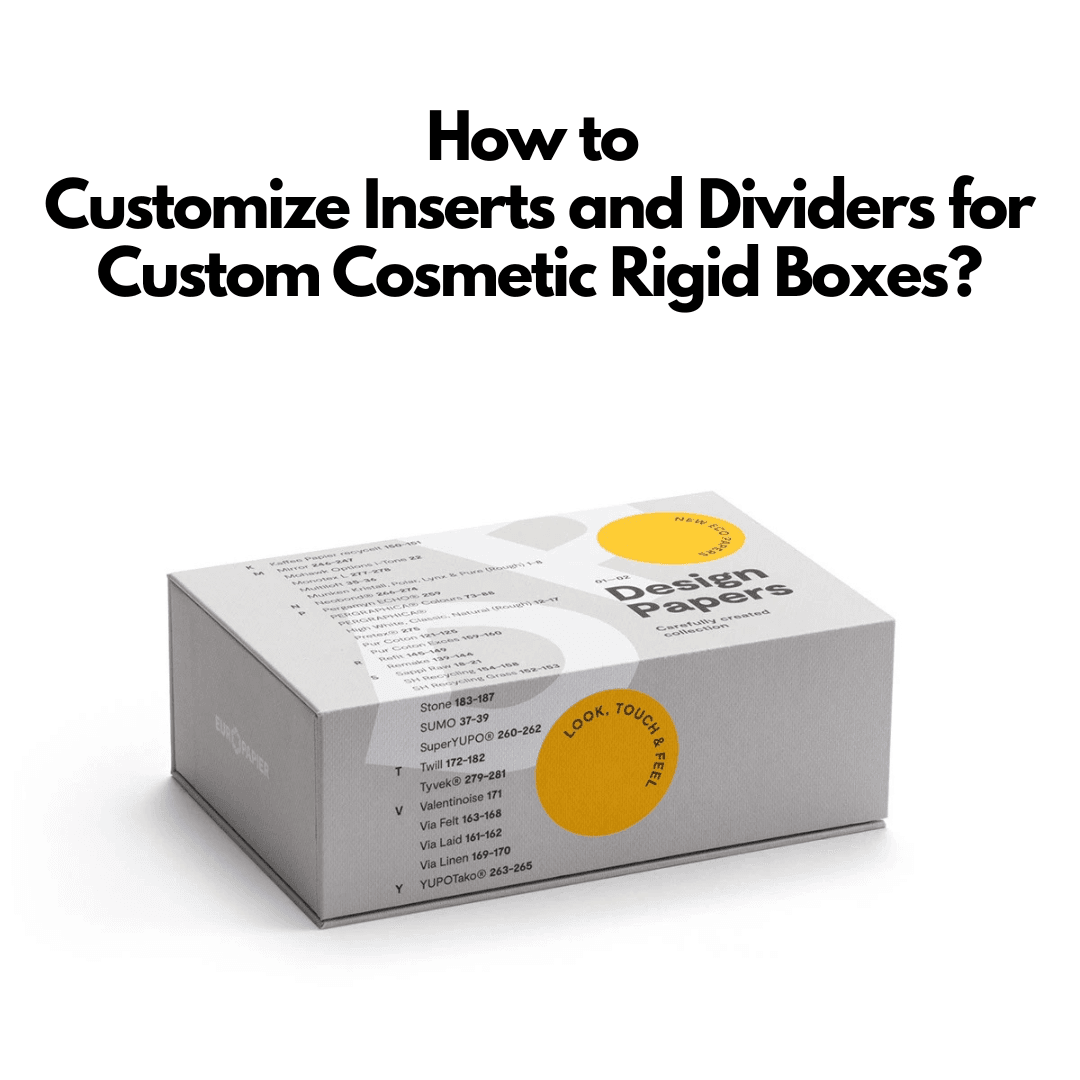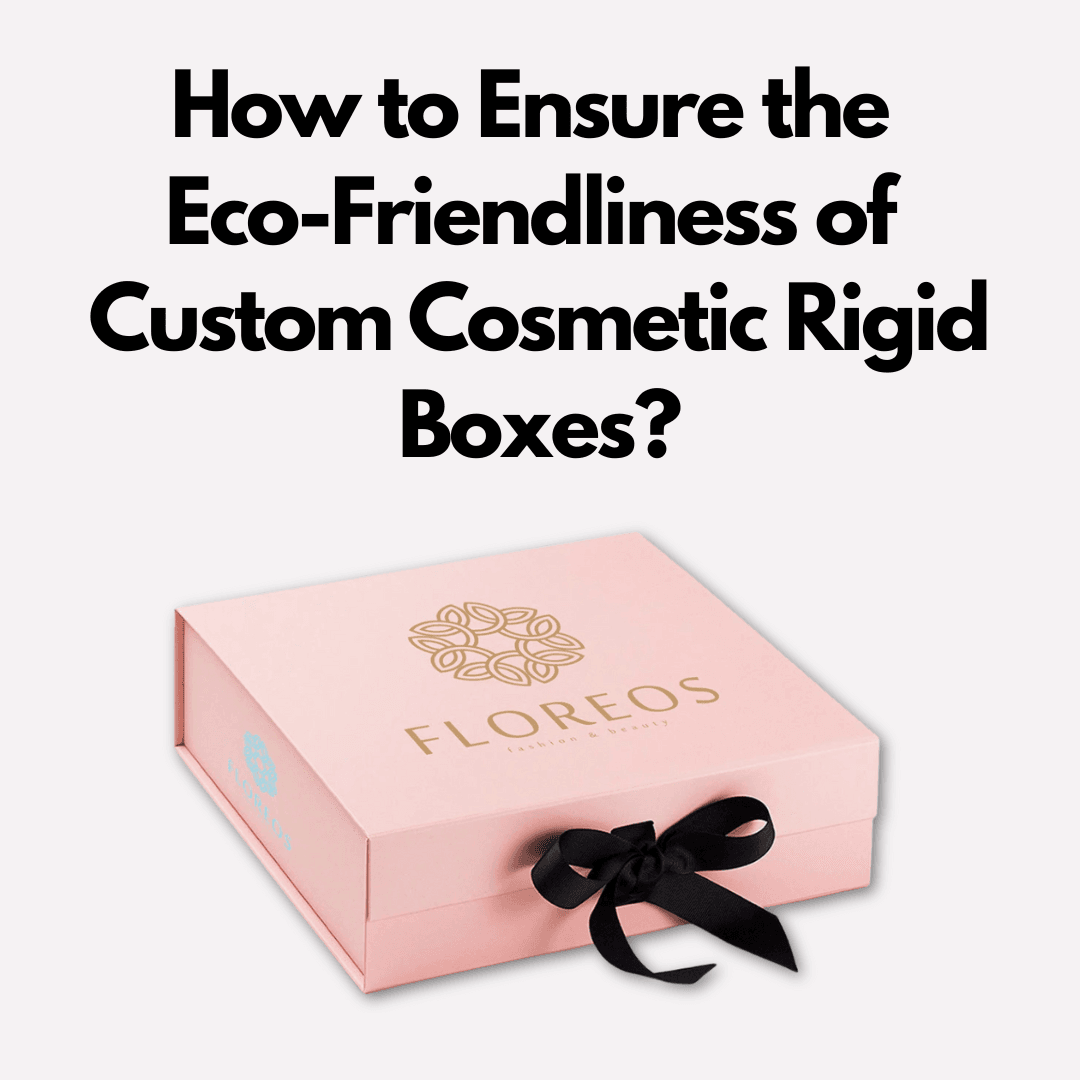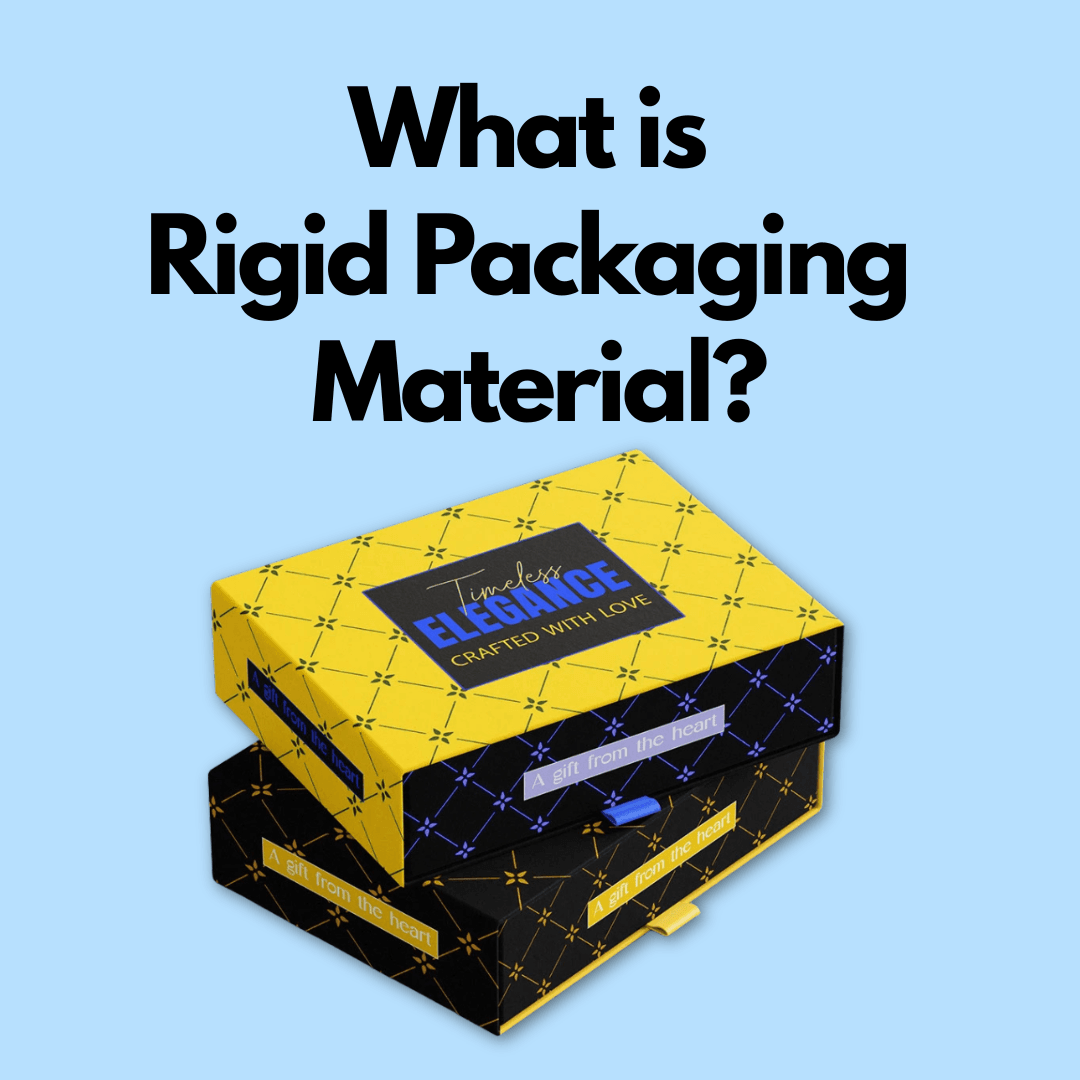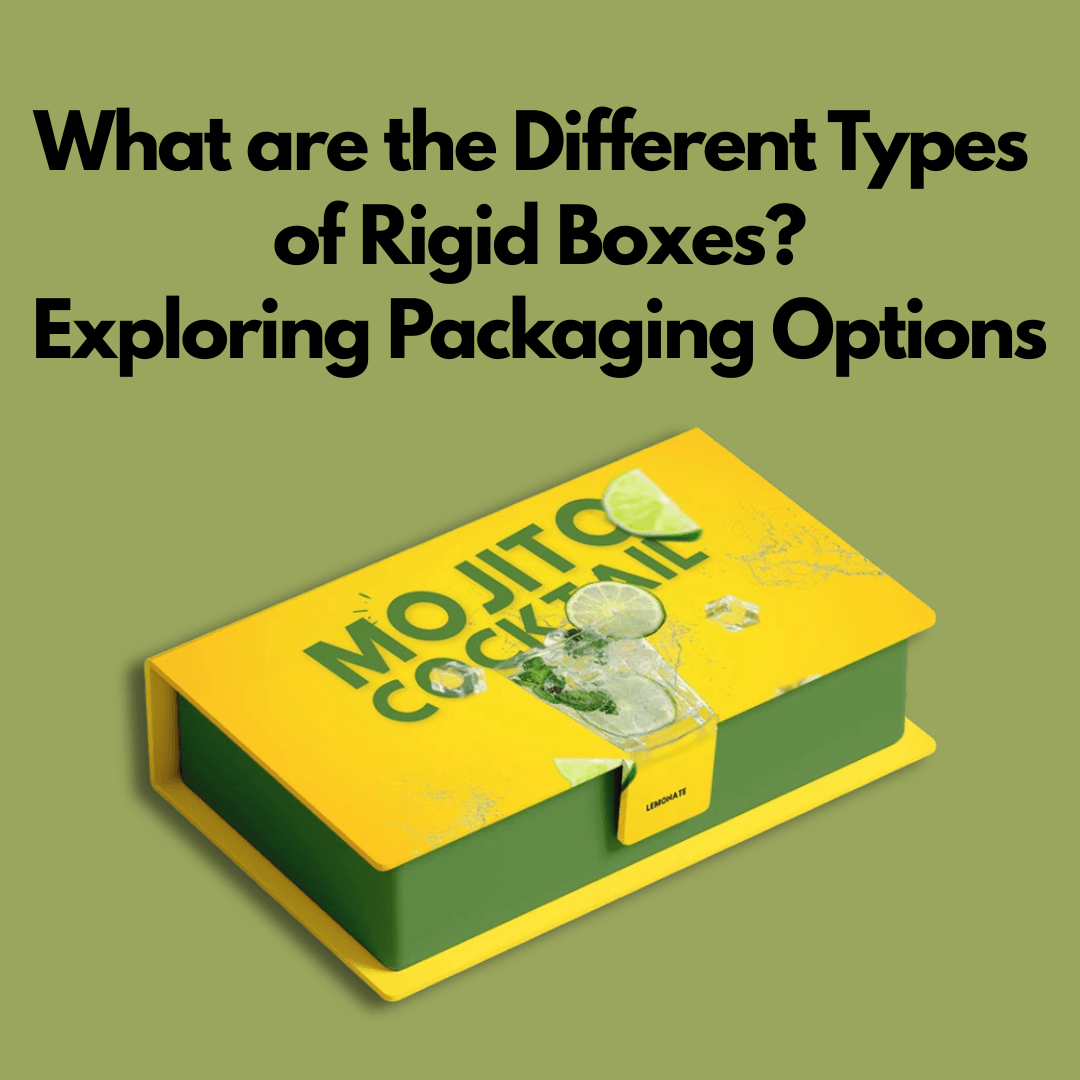

Curious to know innovative solutions?! Let's get started!
Contact our packaging experts today for a free consultation and receive an instant, no-obligation price estimate.
How to Design a Packaging Box?
Table of Contents
ToggleDesigning a packaging box is key for product safety and brand image. A smart design can grab attention and boost value. It also builds customer trust and increases sales.
Every detail, like size and color, matters. A good box does more than protect, it speaks for your brand. In this blog, you’ll learn simple steps to design the perfect packaging box.
19 Simple and Easy Steps to Design a Packaging Box
Understand the Purpose of the Packaging Box
Before designing, know why you need the box. It must fit your product and match your brand. Some boxes are for shipping, others for display or looks.
Shipping boxes need strength; display boxes should be attractive. Your design should show the box’s purpose clearly. Planning starts with this.
Know Your Product Well
First, know your product well. What size, shape, and weight does it have? Is it fragile or strong? These details help pick the right box style.
Small items need compact boxes, while big or fragile ones need extra protection. The box should fit the product securely without too much empty space.
Choose the Right Box Type
Boxes mainly come in rigid, folding carton, or corrugated types. The process of folding cartons is for light things, rigid boxes look nice, and corrugated boxes are tough enough to export.
You should pick a design that fits your product and is easy to open, handle, and store.
Pick the Right Materials
Material is key for your packaging box’s strength and appearance. Cardboard is common and easy to use.
Use Kraft for style, corrugated for strength, and eco-materials to stay planet-friendly. Pick a material that fits your design and printing needs well.
Create a Layout or Dieline
A dieline is a flat layout showing where to cut and fold a box. It helps you see the full design before printing.
You can create it using tools like Adobe Illustrator or hire a designer. A clear dieline ensures all folds and flaps are correct and prevents mistakes later.
Add Your Brand Elements
Your box should clearly show your brand. Add your logo and use brand colors. If you have a tagline, put it in.
People usually notice the box first; therefore, it needs to inform them who you are. An excellent brand image makes people trust you and fits with your brand’s personality.
Use Simple and Clear Text
The messages written on the box should be clear and simple to read. Use few fonts and keep the message short. Clearly state what the product is.
Include a brief description, directions, warnings, or ingredients if needed. The text should help customers, not confuse them.
Choose the Right Colors
Colors affect how people feel. Choose colors that match your brand and product type. Bright colors can grab attention. Soft colors give a calm look.
Every color has meaning. Red is bold. Blue feels safe. Green looks natural. Use colors that make your product stand out in the right way.
Add Eye-Catching Graphics
Graphics make the box look interesting. You can use patterns, images, or icons. Make sure they fit your brand style. Avoid clutter.

Too many graphics can confuse the viewer. Use clean, neat designs. Keep some space empty to give your design room to breathe.
Think About the Unboxing Experience
Unboxing is key in packaging today. Customers enjoy boxes that open in a fun way. A great unboxing makes people share about your brand.
Adding thank-you notes, tissue paper, stickers, or small surprises inside brings extra joy. These details make opening the box a special experience.
Add Important Product Information
Some details must be on the box. These include product name, weight, size, and expiry date. If the product is food or beauty-related, mention ingredients.
Also, add barcodes or QR codes. These are helpful for tracking and selling. If the box is for shipping, include the address label area.
Keep Your Design Balanced
Your design must not feel crowded. Use few words, clean images, and balanced spacing for better design.
Balance is key in design. It helps the eyes move smoothly across the box. Keep things centered or aligned to the sides. This makes the box look professional.
Make It Eco-Friendly
Many people care about the environment. Try using recyclable or reusable materials. Avoid plastic if possible. Write on the box that it’s eco-friendly.
This makes customers feel good about buying your product. Additionally, it shows your brand cares about the planet.
Test the Design Before Final Print
Before making many boxes, test your design. Print one sample. Place your product inside. Check the fit. See how it looks in real life.
Ask others for feedback. You may find small things to fix. Testing saves time and money. It helps you avoid mistakes in the final batch.
Work With a Professional Printer
Good printing makes your box look better. Work with a trusted printer. Ask them what formats they need. Ask about the types of finishes they offer.
Some finishes, like gloss or matte, can change how your box feels. Embossing and foil add a special touch. Choose what suits your product and budget.
Think About Storage and Shipping
Your box must be easy to store and ship. If it’s too big, it may cost more. If it’s too small, the product may not fit well.
Design boxes that can be stacked easily. They should be strong enough for travel. Light but strong boxes save money and protect the product.
Keep Updating Your Design
Trends change over time. Your box design should stay fresh. Every few months, check if the design still works well.
You can add new elements or change colors. Listen to customer feedback. Small updates keep your packaging modern and attractive.
Focus on Customer Emotions
A box is not just about looks. It creates feelings. Make the customer feel happy, excited, or special. Your design should make them want to buy again.
Even a simple message like “Thank you” can create a bond. Make your packaging feel personal. That emotional touch can build strong loyalty.
Think About Competition
Look at how other brands design their boxes. Notice what they do well. Think about what makes your box different.
Your design should stand out on the shelf. It should look better than others nearby. Study your competition, but don’t copy them. Be unique.
How Can Packaging Hippo Help You Design the Perfect Packaging Box?
Packaging Hippo makes box design easy and smart. This company designs special boxes for all products, letting you choose how they look and feel. Their design team helps create eye-catching boxes.

So, they use eco-friendly materials and high-quality printing. You also get design samples before final printing. With Packaging Hippo, your product looks professional and safe. This is the best place to have all your packing needs met.
Conclusion
The designing of box packaging is more than just putting something in it. This shows off your brand and calls customers. A good design keeps the item safe and looks professional. From shape to colors, every part matters. Simple designs often work best. Always test before final printing. A strong box design can boost sales and trust. So, design slowly and carefully for the best results.
Find an answer to all your questions below.
Quick answers to questions you may have. Can’t find what you’re looking for?
Ask Our Experts Directly
(445) 447 7678
How does packaging design affect a product’s success?
The design of your packaging grabs customers and shows off your brand. This also keeps the stuff safe while it’s being shipped and stored.
Which types of packaging boxes are used most often?
Folding cartons, rigid boxes, and corrugated boxes are the most common varieties. Every type is good for different products and demands.
How expensive is it to create and print custom packaging boxes?
The prices depend on the size, material, and quantity. Simple designs and small runs cost less, while custom and large orders are more expensive.
Can packaging boxes help increase product sales?
Yes, attractive packaging can catch attention and build trust. This makes people happier to buy your product.
How can I design a box that grabs attention on the shelf?
You should use vivid colors and forms that are different from one another, with obvious branding. Keep the design basic but interesting.
Looking for other custom boxes and packaging?
Chat live with us now for a free consultation and instant price quote.

